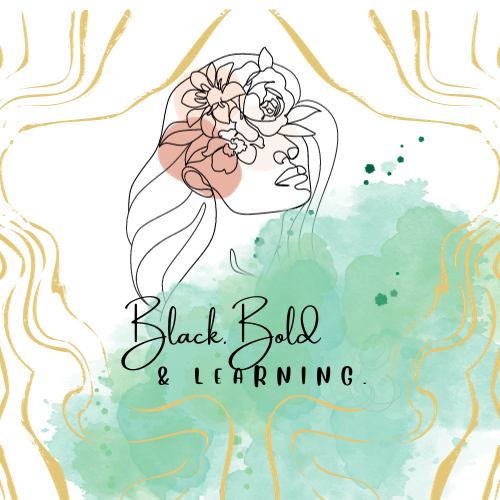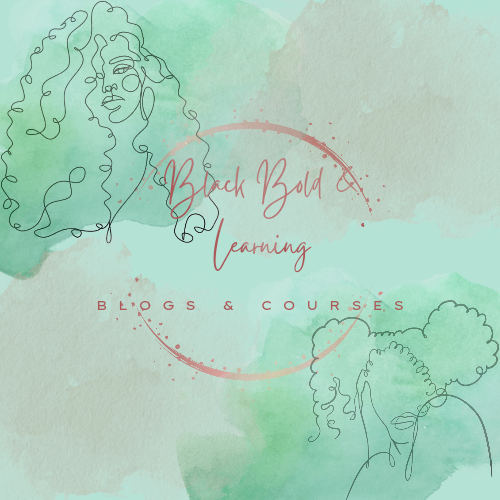Nurturing Boundaries: Embracing Authenticity and Empowerment
In the transformative year of 2020, a profound revelation shattered the illusion of my longest-standing relationships. What I believed to be healthy connections turned out to be deceptive facades. I thought I had a clear understanding of how I wanted to be treated and cherished, yet I was gravely mistaken. It became painfully apparent that those who claimed to care about me only did so when it served their interests. I was subjected to gaslighting, denied space to express myself authentically, and dismissed as being overly dramatic. My boundaries, once blurred and accommodating, became tools for their exploitation. When I took the courageous step of fortifying these boundaries, I faced retaliation and relentless attempts to undermine and push against them. However, through the guidance of therapy, deep introspection, and an unfortunate but necessary eruption of anger, I found the strength to sever ties with these toxic relationships. Trust me, it was far from easy, and the wounds still ache, but in reclaiming my boundaries, I have emerged as a healthier and more empowered version of myself.
In 2020, a transformative period in my life, I experienced a revelation that led me to question and reevaluate my long-standing relationships. It became evident that I had been operating with blurry boundaries, unaware of the detrimental effects it had on my well-being. People who I believed cared about me only did so when it suited their needs, often dismissing my emotions and gaslighting me. This realization propelled me on a journey of self-discovery and boundary-setting, and though it was challenging, it ultimately led to my growth and healing.
Understanding Boundaries:
Boundaries are the invisible lines we draw to protect our emotional, mental, and physical well-being. They define what is acceptable and unacceptable in our interactions and relationships. Let's explore the different types of boundaries that can empower us to cultivate healthier connections with ourselves and others:
1. Rigid Boundaries:
Rigid boundaries are characterized by strict rules and inflexibility. While they can provide a sense of safety, they may also hinder authentic connection and limit personal growth. Recognizing when we lean towards rigidity allows us to explore more flexible alternatives.
2. Flexible Boundaries:
Flexible boundaries allow for adaptability and open communication. They enable us to navigate relationships with empathy and understanding, while still maintaining a sense of self. However, being too flexible can lead to compromising our own needs and values, necessitating a balance.
3. Direct Boundaries:
Direct boundaries involve clear and assertive communication about our needs, desires, and limits. By expressing ourselves honestly and directly, we set the stage for mutual respect and understanding. It allows others to know where they stand and promotes healthier interactions.
4. Indirect Boundaries:
Indirect boundaries involve subtler cues and non-verbal communication. They can be helpful in situations where we may feel uncomfortable expressing ourselves directly. However, it's essential to recognize when indirectness hinders effective communication and learn to assert ourselves more explicitly.
5. Clear Boundaries:
Clear boundaries are easily understood and consistently upheld. They provide a sense of stability and predictability in relationships. By setting clear boundaries, we foster trust and build healthier dynamics that honor both our needs and the needs of others.
6. Blurry Boundaries:
Blurry boundaries lack definition and are often influenced by external factors or other people's expectations. They can lead to confusion, resentment, and a loss of personal identity. Recognizing and addressing blurry boundaries is crucial for establishing healthier relationships and reclaiming our sense of self.
Educating on Boundaries:
By understanding the various types of boundaries and their impact on our lives, we can gain insights into our own boundary patterns and the behaviors of those around us. It is essential to recognize that boundaries are not static but evolve as we grow and learn more about ourselves.
Boundaries for Women of Color:
Women of color often face unique challenges when it comes to boundaries. Societal expectations, cultural norms, and historical dynamics can influence how boundaries are perceived and respected. It is important to acknowledge and honor these experiences when exploring boundary work within this context.
Boundaries for High Achievers:
High achievers, driven by ambition and a desire for success, may find it challenging to establish and maintain healthy boundaries. The pressure to excel and constant striving can lead to neglecting personal needs and sacrificing well-being. Recognizing the importance of boundaries is crucial in finding balance and avoiding burnout.
Boundaries around Body Image and Food:
Body image and food are areas where boundaries play a significant role. Society's standards, media influence, and personal experiences can impact our relationship with our bodies and food. Setting boundaries around self-talk, societal expectations, and external influences can foster a healthier and more compassionate relationship with our bodies and nourishment.
Conclusion:
Understanding boundaries is a powerful tool in embracing authenticity and empowerment. By recognizing the various types of boundaries and their impact on our lives, we can navigate relationships with clarity and integrity. As we educate ourselves and others about the significance of boundaries, we empower ourselves to cultivate healthier connections, honor our needs, and lead fulfilling lives.
Remember, the journey of nurturing boundaries is an ongoing process. Embrace the opportunity to grow, learn, and define the boundaries that best serve you. Together, let's create a world where boundaries are respected and celebrated, fostering greater understanding, empathy, and harmony in our relationships and within ourselves.
Are you ready to embark on a transformative journey of embracing healthy boundaries?
Join me in creating a life filled with authenticity, empowerment, and meaningful connections. Here's how you can take the next steps:
Explore Personal Coaching: Discover the power of one-on-one coaching tailored to your individual needs. Together, we will delve deep into understanding your unique boundary patterns, empowering you to make positive changes and cultivate fulfilling relationships. Visit my website to learn more and book your coaching session today.
Engage with the Black Bold and Learning Blog: Immerse yourself in empowering articles, thought-provoking insights, and practical tips on boundaries and personal development. Visit the Black Bold and Learning Blog to access a wealth of resources designed to enhance your personal and professional life. Subscribe to our newsletter to stay updated with the latest blog posts and receive exclusive content directly in your inbox.
Connect on Instagram: Join a vibrant community of like-minded individuals on Instagram. Engage in live sessions, participate in stimulating discussions, and gain valuable insights into the world of boundaries and personal growth. Follow me on Instagram to be a part of this empowering journey.
Stay Informed with our Newsletter: Subscribe to our newsletter and be the first to receive updates on new products, special offers, and the latest research in personal development. Join a community of growth-oriented individuals and receive valuable insights and inspiration directly in your inbox.
Remember, nurturing boundaries is a transformative process that starts with taking action. Choose the path that resonates with you, and let's embark on this empowering journey together. Embrace authenticity, cultivate healthy connections, and experience the freedom that comes from honoring your own needs and boundaries. Start today and create a life of empowerment and fulfillment.

